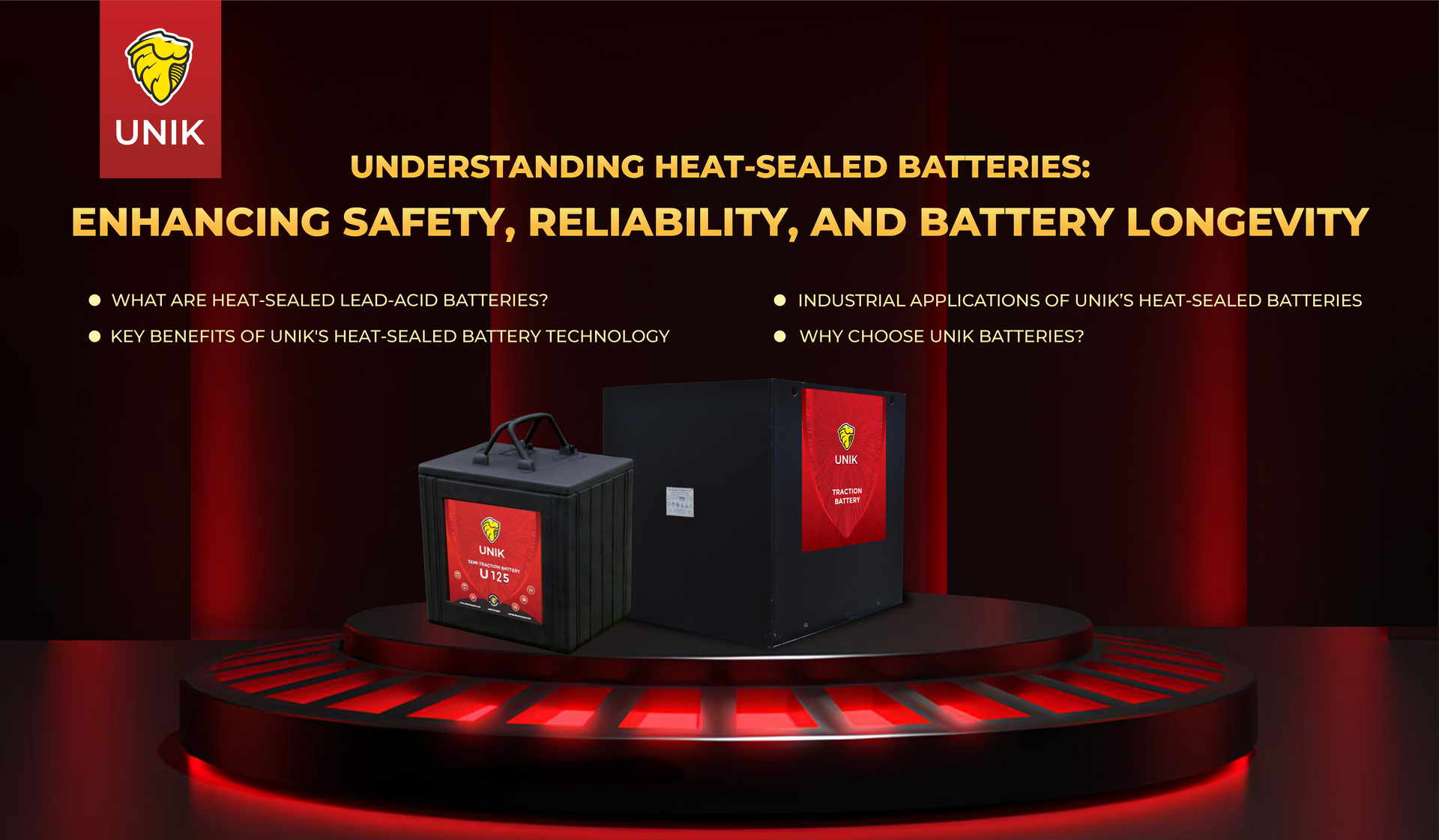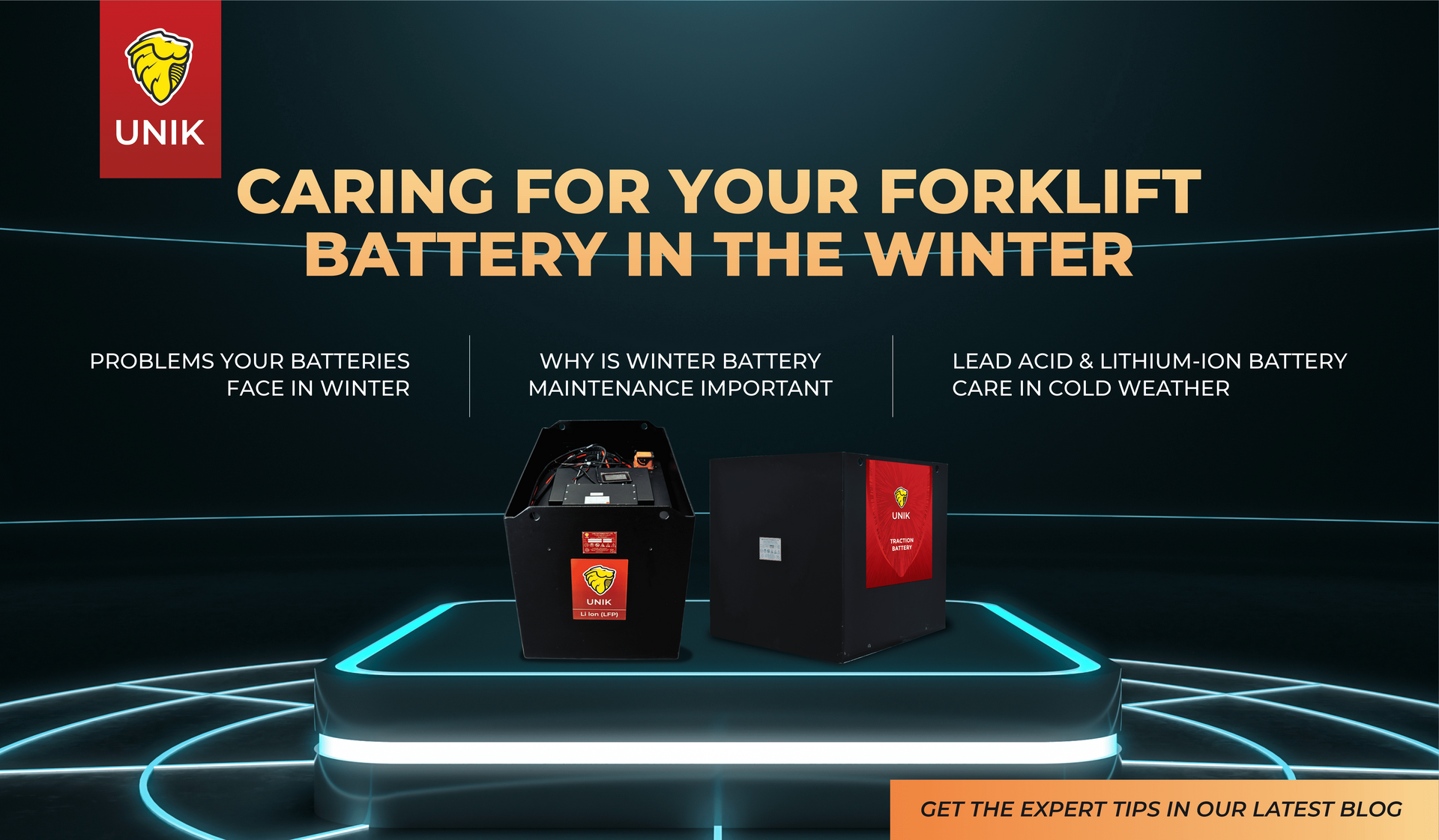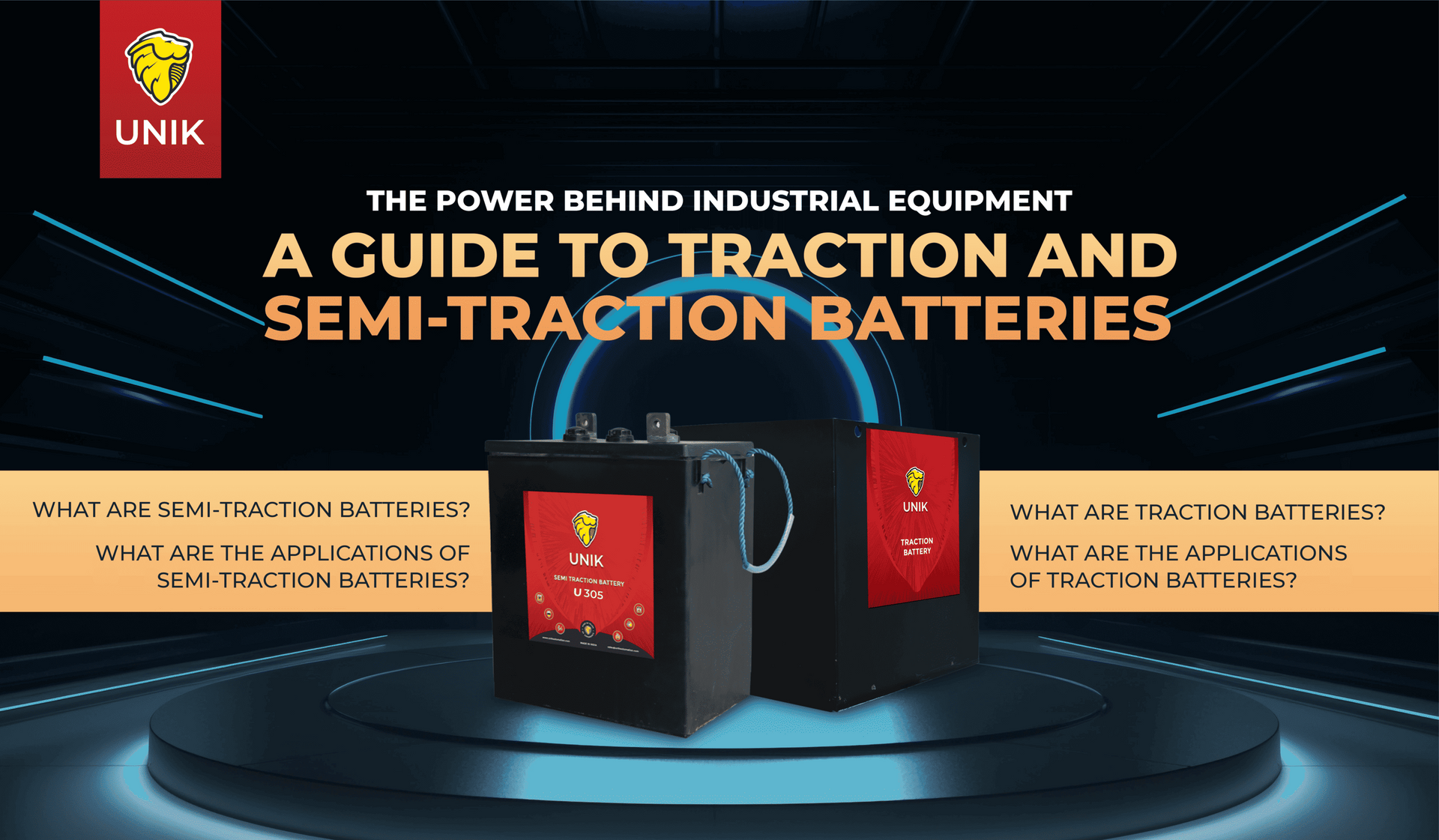What is the industrial installation procedure, maintenance, and calibration for a float-type level sensor?
In a lead acid battery the float sensors are generally used only for flooded type industrial batteries. These type of sensors are used in stationary batteries having opaque or translucent containers & for motive power traction batteries.
As regards installation the following points are usually considered:
The manufacturer of sensor usually needs to know whether the vent hole has a threaded type vent plug or bayonet type plug or Push Fit type vent plug.
The manufacturer of sensor needs the diameter of the vent hole which is usually 25 mm or 27 mm or 35 mm.
To provide a float which determines the minimum level of electrolyte and maximum allowable level of electrolyte the manufacturer needs to know the space available between the bottom of vent hole and top of separator or separator guard. This detail also needs to be given to the sensor manufacturer by the battery manufacturer.
The battery manufacturer also has to provide the sensor manufacturer the difference in min and max level which is the range in which the sensor shall function.
As regards maintenance of this sensor system it shall need to be done at the battery user end and the only maintenance such float level sensors need is a periodic cleaning of float plugs to prevent clogging with consequent malfunctioning. This cleaning is a physical activity involving washing with water.
There is no calibration to be done for float plug sensors since the level of minimum and maximum has been determined and set by the manufacturer at the design stage with no need of a periodic calibration. This level does not change throughout the life of that particular battery. However please note that such sensor float plugs tailored for one battery are not necessarily interchangeable unless the design of the new battery is matching to the original battery.




CORPORATE OFFICE:
UNIK Batteries Pvt. Ltd.
J-52/4, Indrayaninagar Road, M.I.D.C, Bhosari, Pune, Maharashtra
411 026, India.
CONTACT US:
International enquiries:
Meghav Bafana
Phone: +44 7756 077320
Email:
meghav@unikbatteries.com
Local & general enquiries:
Shubhangi Daundkar
Phone: +91 98504 13331
Email:
marketing@unikbatteries.com
© 2025 Unik Batteries Pvt. Ltd. All Rights Reserved
Digital Presence Managed By: Knowledge Units


